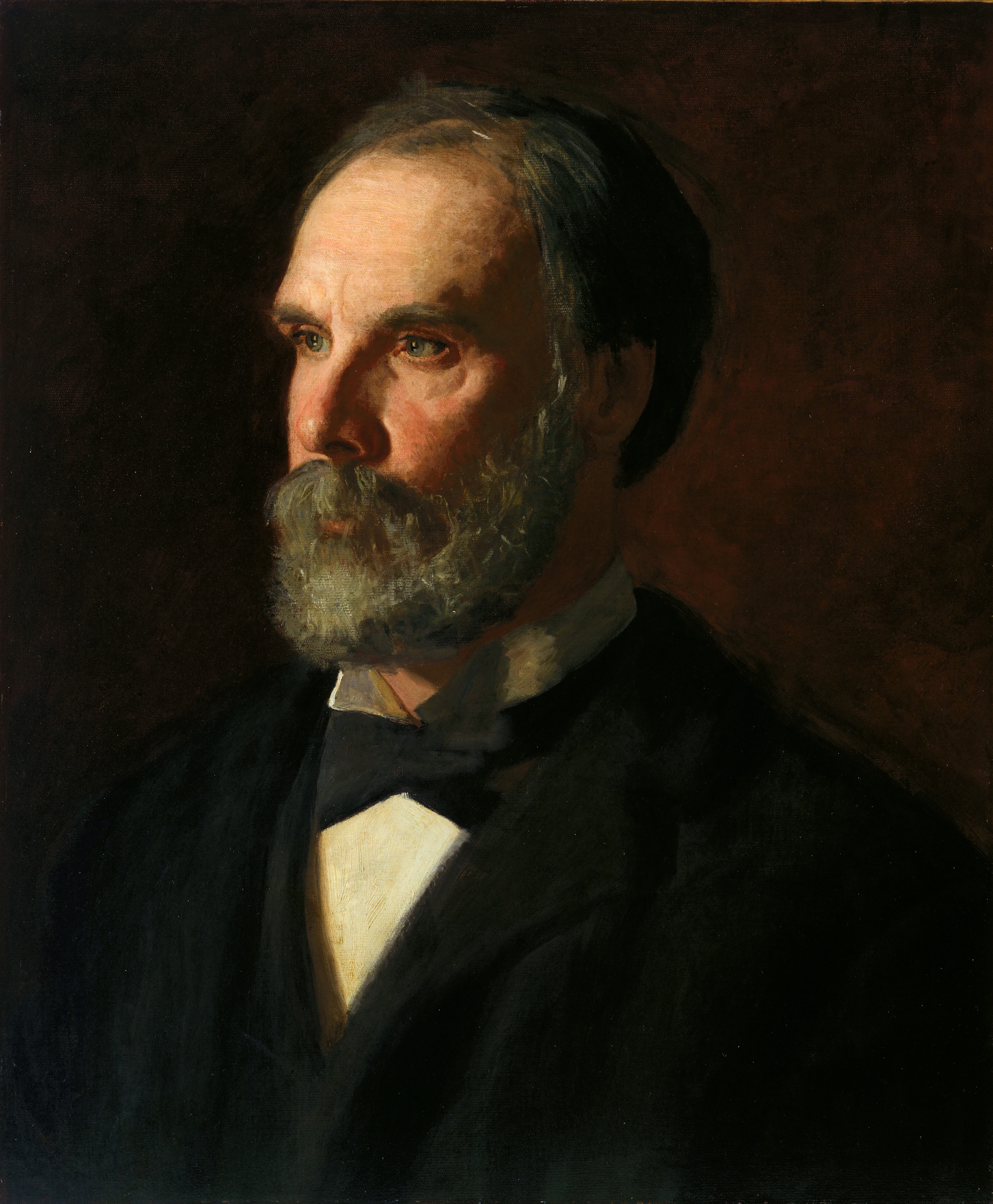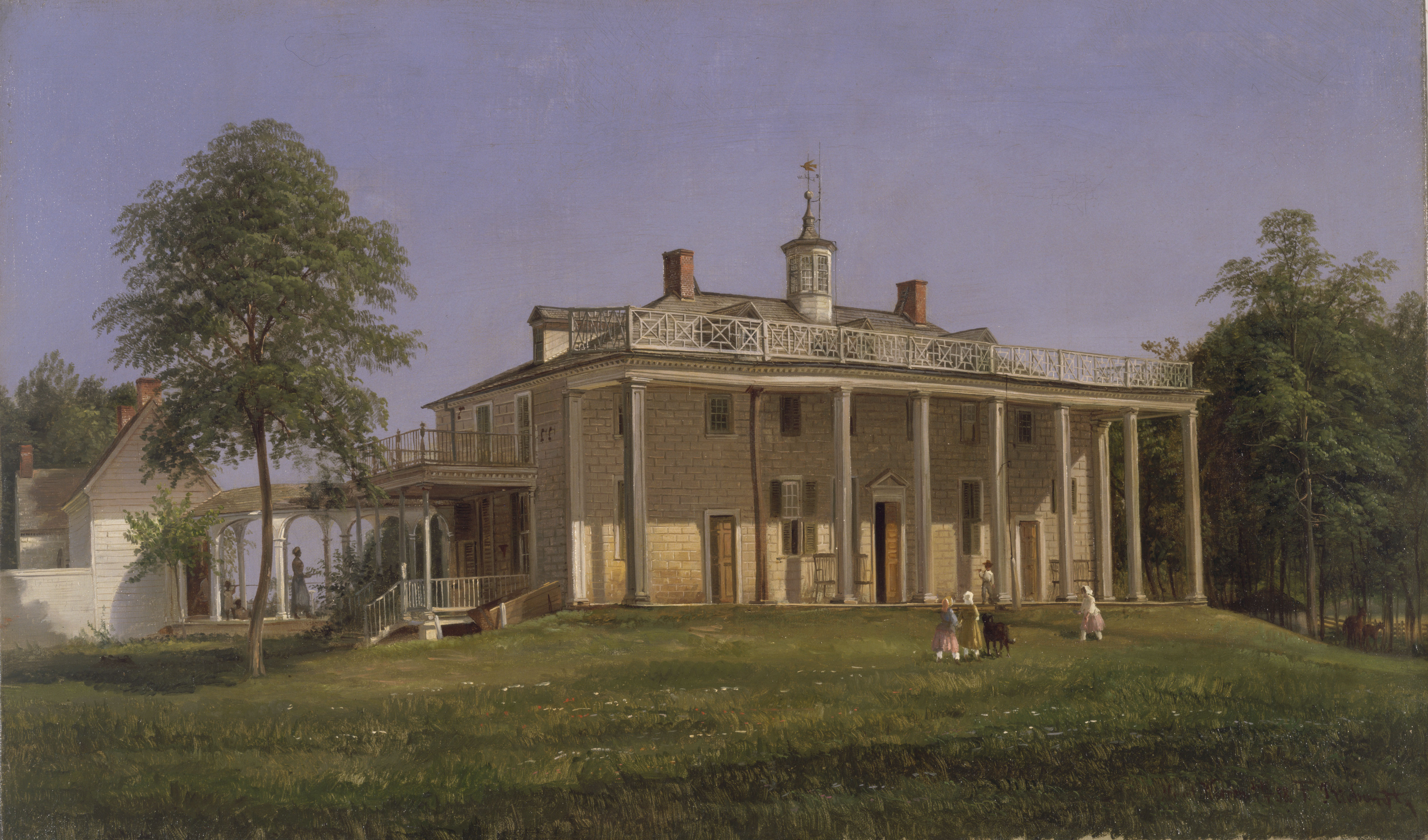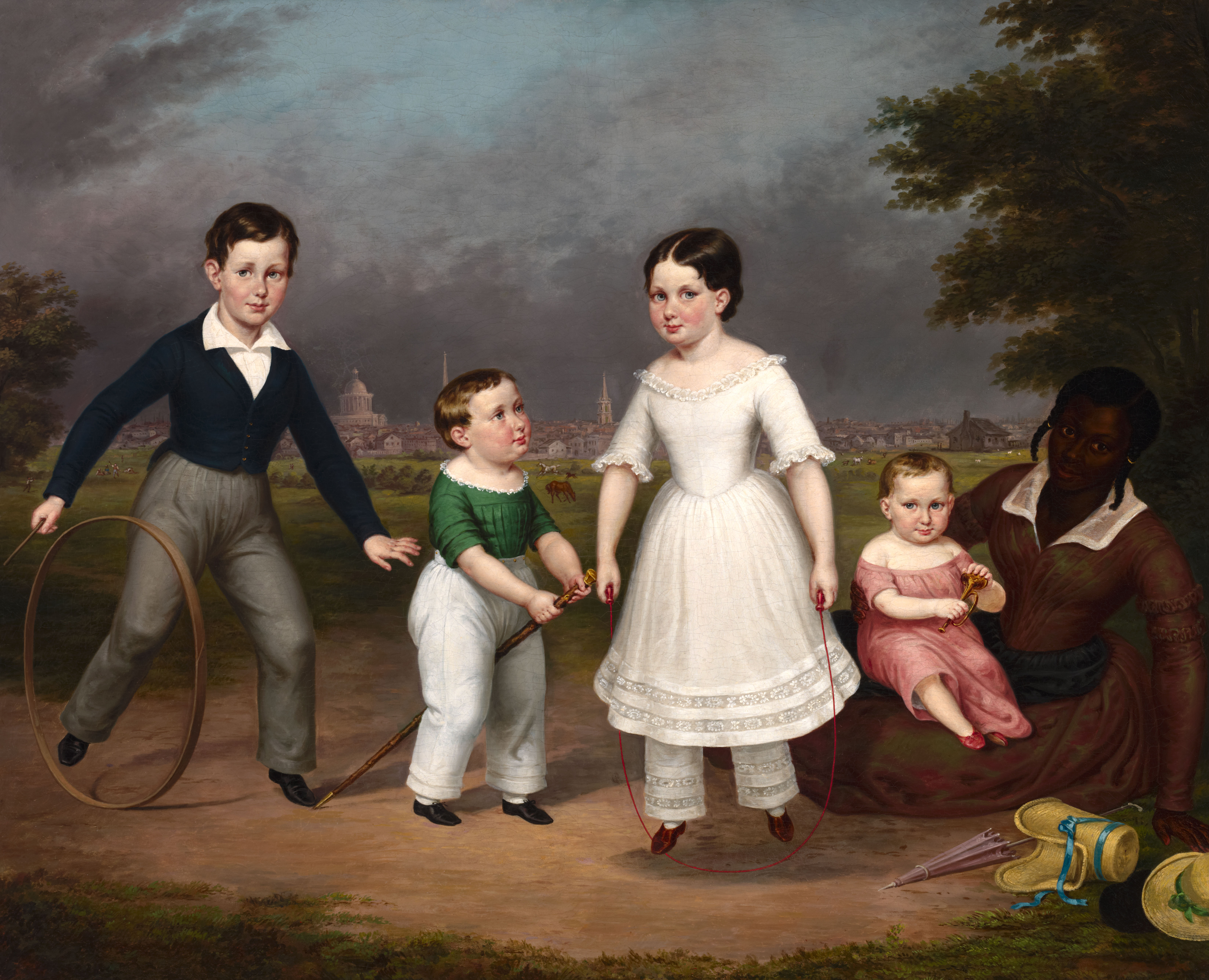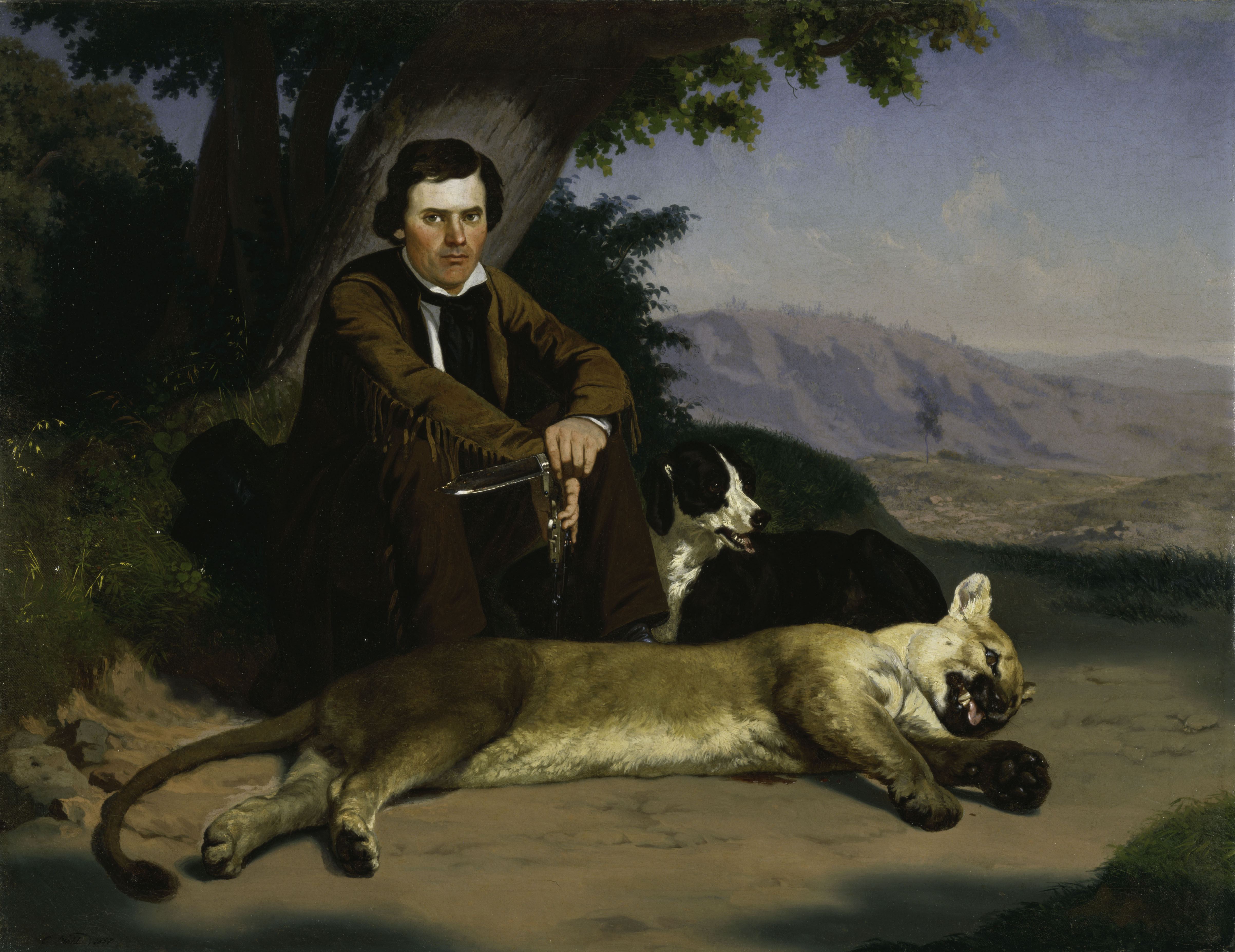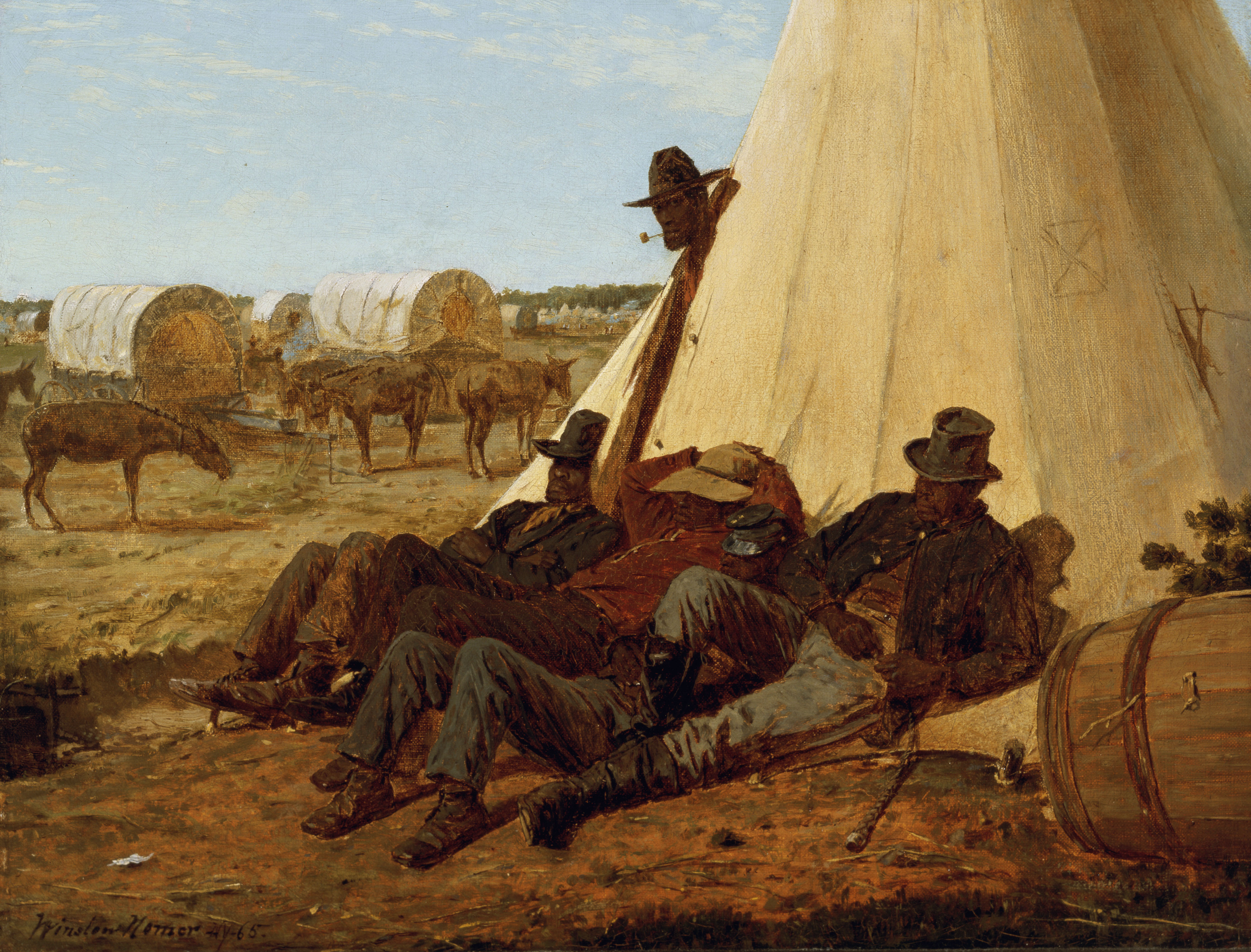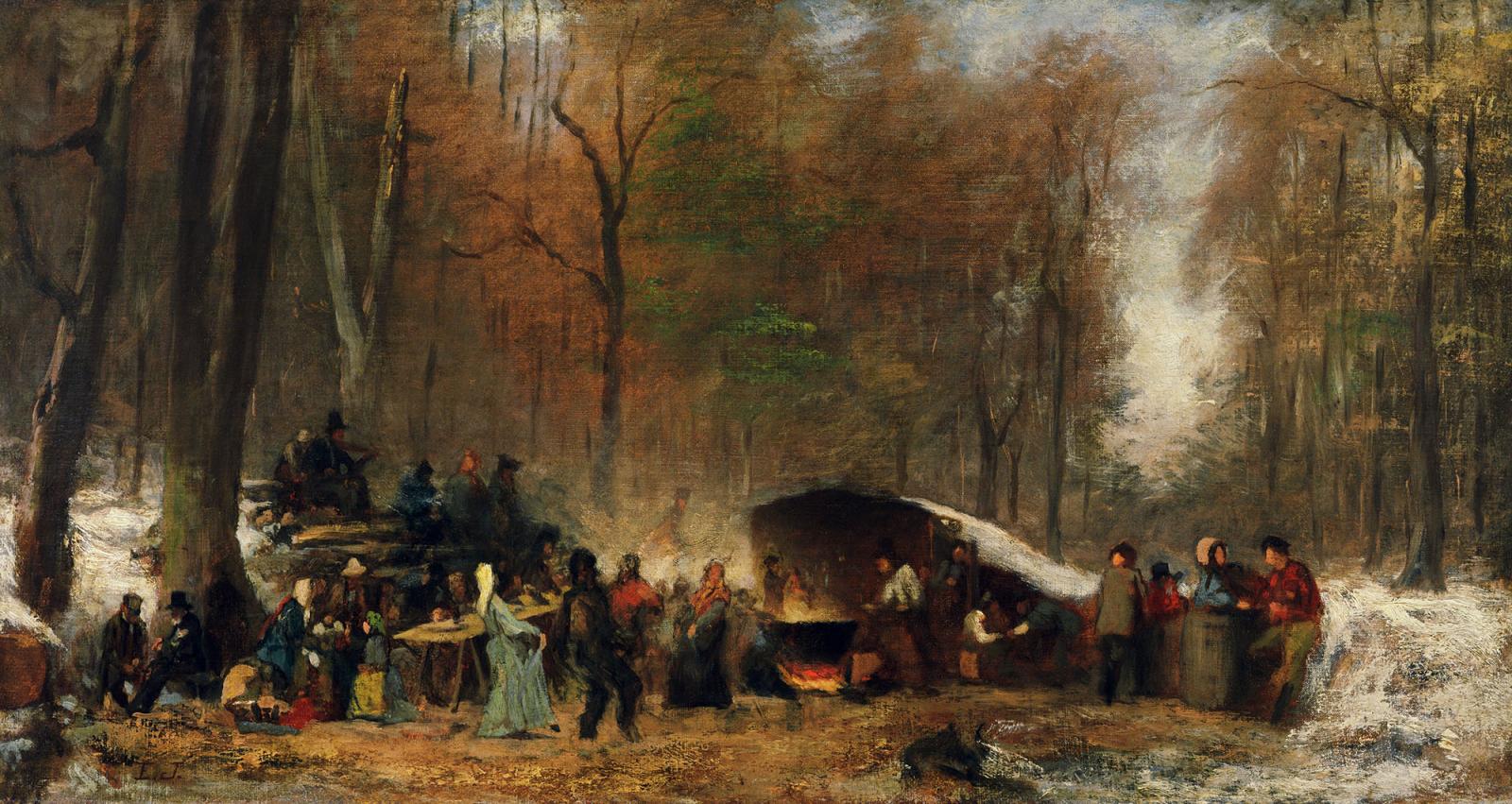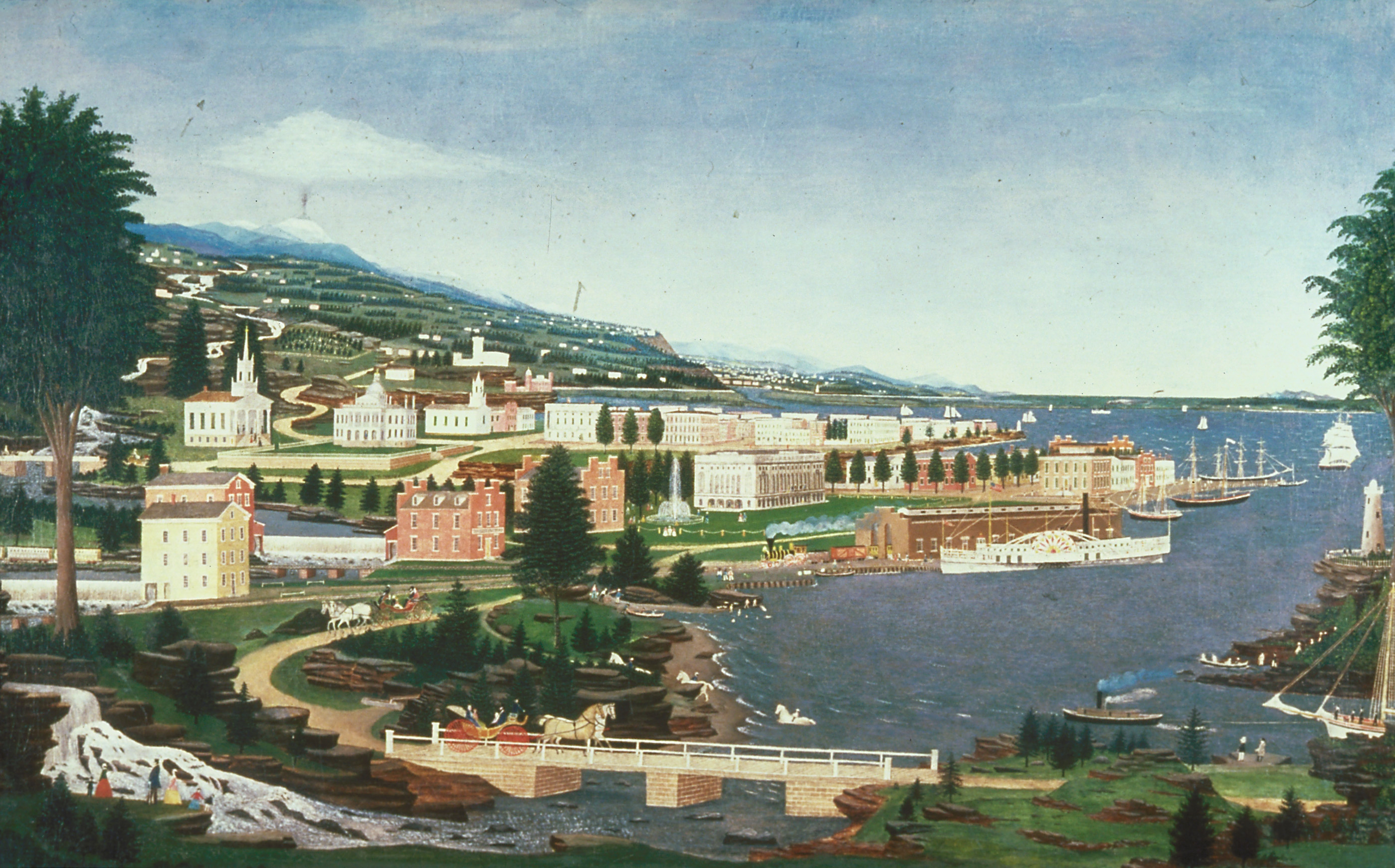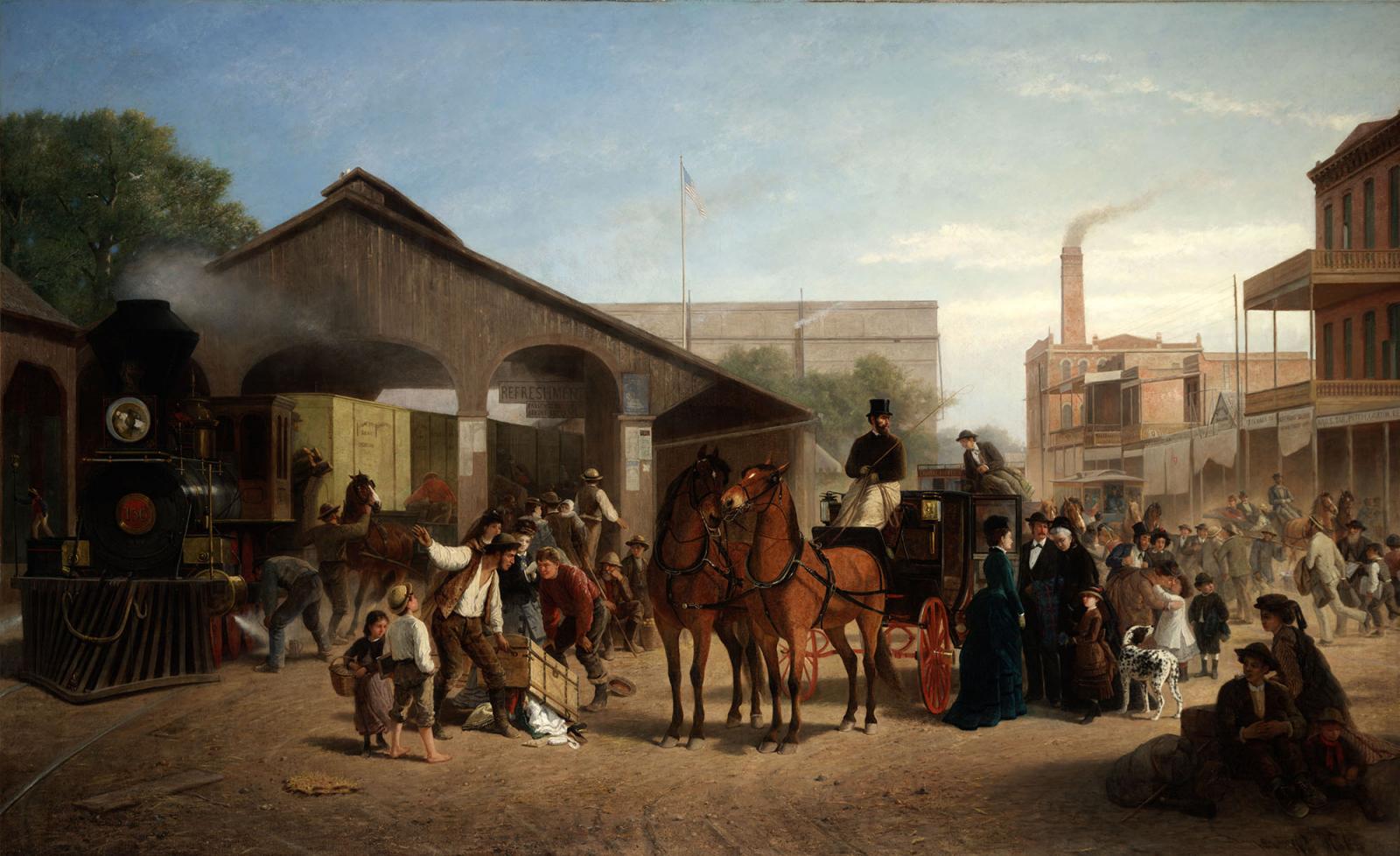The Lone Scout
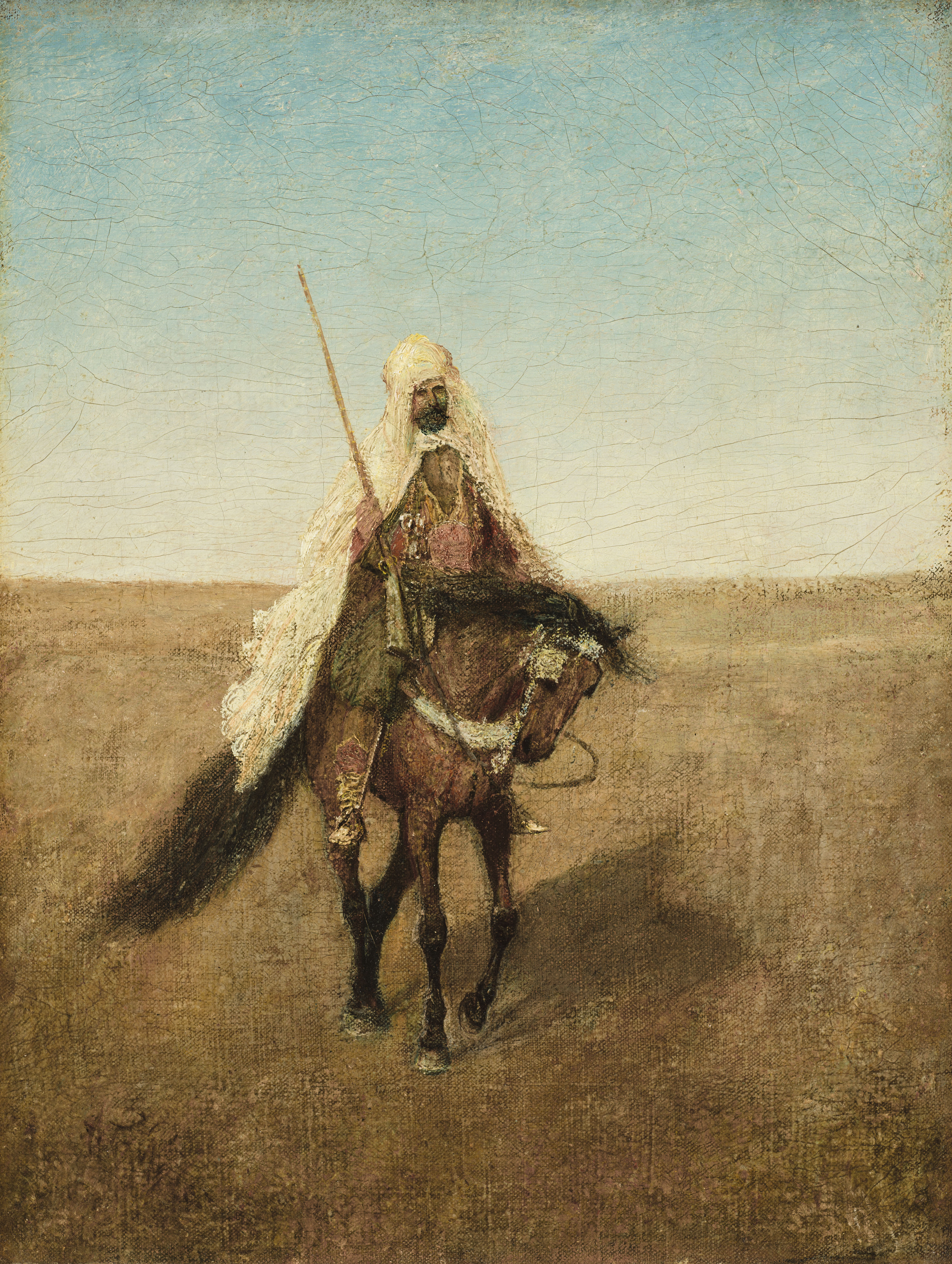
Can you paint images from your imagination?
Ryder’s 1882 visit to Tangier, Morocco, may have inspired this image of a solitary scout, dressed in a white cloak and holding a rifle at the ready. Typical of the artist’s visionary style, the horseman appears like a mirage coming out of a heat-seared desert landscape. This Orientalist subject may have been inspired by the earlier French Romantic painter Eugène Delacroix, whose similar paintings were exhibited by Ryder’s New York art dealer.

